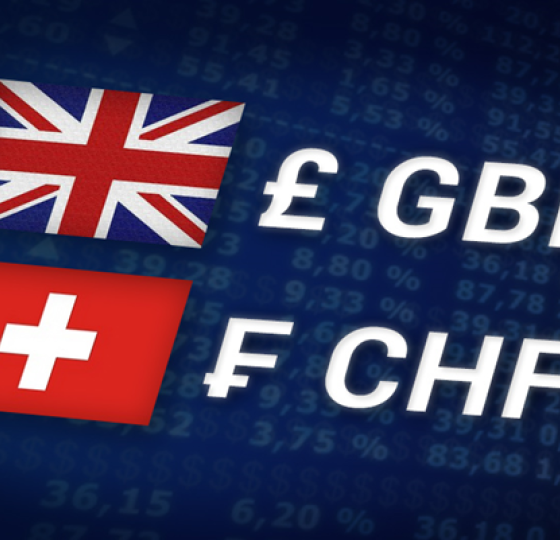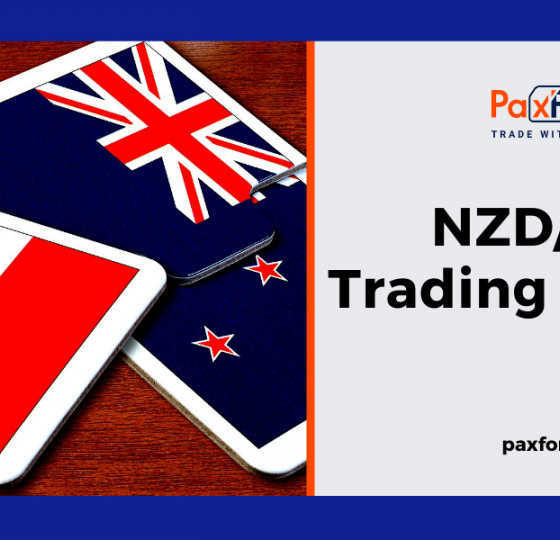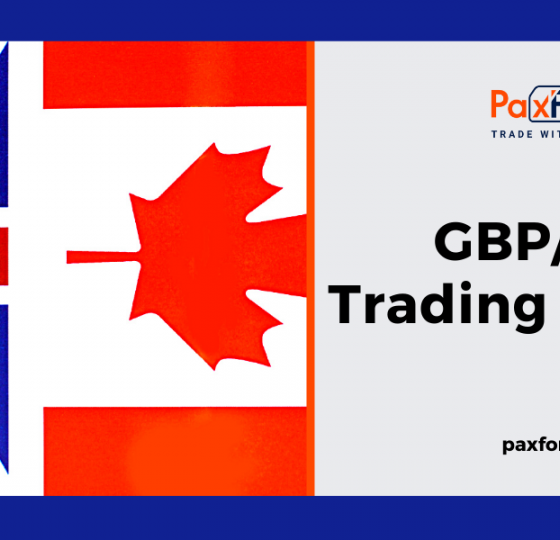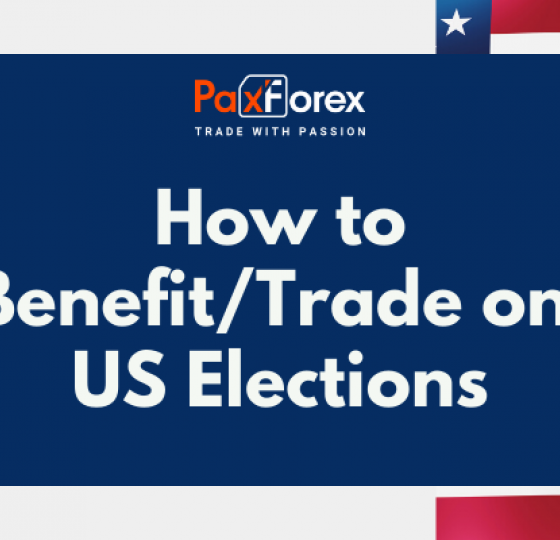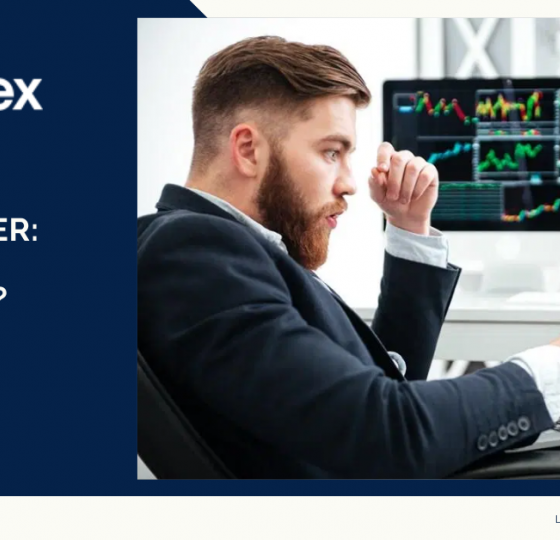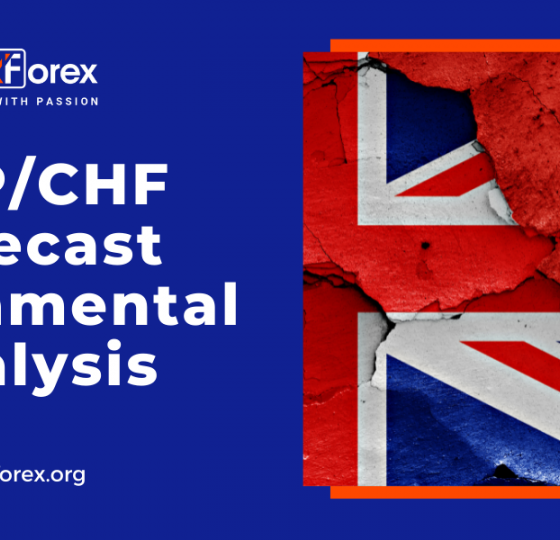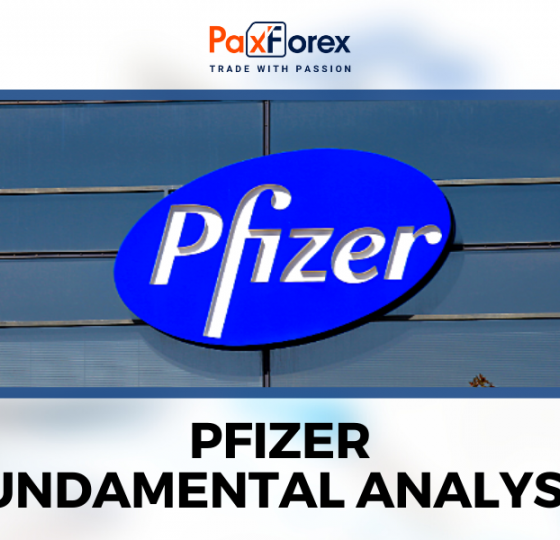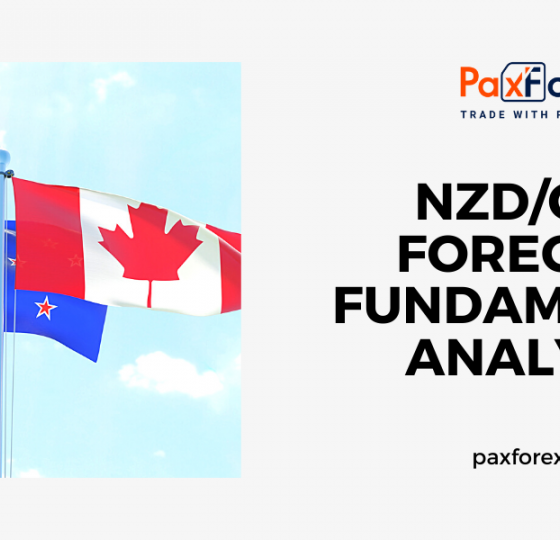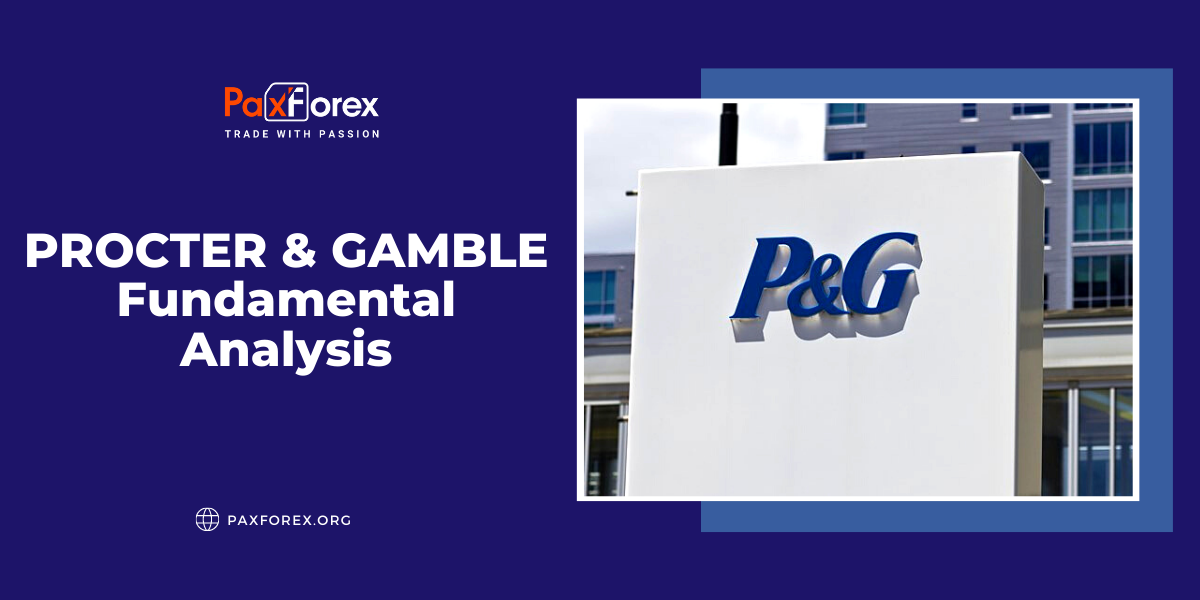
Source: PaxForex Premium Analytics Portal, Fundamental Insight
Opportunities to acquire outstanding businesses at attractive prices are rare, as these companies often possess evident competitive advantages that maintain their popularity on Wall Street, even during market downturns.
Procter & Gamble seems to fall into the category of exceptional businesses commanding a premium. Despite shares trading just below the all-time high of $165 set in late 2021, P&G carries a valuation premium compared to peers like Kimberly Clark, even amidst sluggish sales growth.
Can investors still expect robust returns from this consumer staples giant over the long term? The short answer is yes, but it may require patience as a crucial part of the investment process. Let's delve into the details.
In late January, P&G affirmed its fiscal year outlook, forecasting slower growth in the coming quarters. Organic sales gains are anticipated to range between 4% and 5% in 2024, a decrease from the 7% jump observed last year.
The primary difference seems to be the slowdown in price increases over recent months. While P&G successfully passed on higher costs to consumers in 2023 by implementing price hikes across key franchises like Tide detergent, Bounty paper towels, and Pampers diapers, the financial impact from those increases is diminishing. Despite the slowing of price hikes to 4% from 7%, there hasn't been a significant change in demand, and volume declined at the same 1% rate in the last quarter as it did in the previous three-month period.
Encouragingly, P&G is outperforming Kimberly Clark and maintaining market share in a challenging sales environment. Management reported a marginal increase of about 0.5% in global market share, aligning with investors' expectations for success from the industry leader.
Procter & Gamble continues to demonstrate its prowess in the fiercely competitive consumer staples market by achieving world-class earnings. In the last quarter, profits surged by an impressive 16%, adjusting for one-time write-down charges. Notably, this remarkable boost occurred even as the pace of price increases slowed down.
Investors can anticipate further enhancements in earnings and robust cash flow trends from P&G. The company is actively identifying opportunities to reduce costs, evident in its rising gross profit margin.
However, the primary drawback associated with P&G's stock is its elevated share price, currently hovering around $165, translating to just under 5 times annual sales. In comparison, the option to own Kimberly Clark, a less profitable and slower-growing competitor, comes at a relative bargain of 2 times sales. Kimberly Clark also offers a more substantial dividend yield of 4%, compared to P&G's 2.4%.
These considerations might lead some investors to remain on the sidelines, monitoring P&G's stock while waiting for a more favorable price. While a potential market downturn could create a compelling buying opportunity by reducing the stock price and increasing P&G's dividend yield, the persistent premium on P&G's stock is rooted in valid reasons. The company boasts a long history of consistently gaining market share in a vast global industry. With over 100 years of uninterrupted dividend payments, investors can have heightened confidence in witnessing rising income payments from this business.
For those prioritizing stability, profitability, efficiency, and market position without compromise, investing in Procter & Gamble stock remains a prudent choice. Even near all-time highs, the stock is poised to deliver impressive total returns, encompassing both capital appreciation and dividends, for patient shareholders.
As long as the price is above 151.00, follow the recommendations below:
- Time frame: D1
- Recommendation: long position
- Entry point: 156.91
- Take Profit 1: 160.00
- Take Profit 2: 165.00
Alternative scenario:
If the level of 151.00 is broken-down , follow the recommendations below:
- Time frame: D1
- Recommendation: short position
- Entry point: 151.00
- Take Profit 1: 148.00
- Take Profit 2: 145.00


